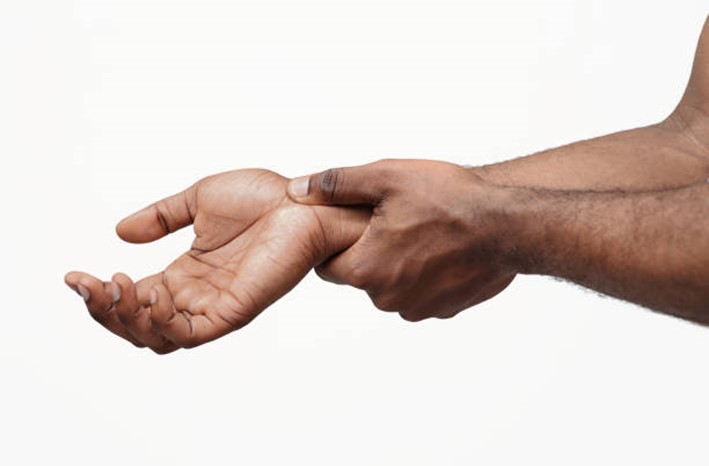Scoliosis is the curvature/tilting of the spine sideways that affects 2-3% of the population. It is mostly diagnosed in adolescence and early childhood. However, adult-onset scoliosis is also common due to degenerative changes. Research indicates that 10% of adults develop degenerative scoliosis in their 40s. The number significantly increases with age. Adult scoliosis often affects the lumbar spine, unlike adolescents, which mostly affect the thoracic region.
In this article, we will focus on adult scoliosis.
Types
Adult scoliosis can be adult idiopathic (unknown cause), degenerative or from poor posture.
- Adult idiopathic; is adolescent scoliosis that might have been missed before.
- Degenerative is because of wear and tear with aging that could result from conditions like osteoporosis (loss of bone density) and arthritis could happen asymmetrically resulting in sideway tilting of the spine.
Scoliosis from bad posture could result from:
- Avoiding a primary pain, from the back or stomach and curving to the side to avoid the pain
- Siting with legs crossed over at the knee
- Siting on wallets
- Carrying weights such as heavy bags with shoulder or hand
Signs You Could Be Having Scoliosis
- Sideway curvature of the spine
- Sideway body posture
- Uneven shoulder
- Decreased respiratory function
- Clothes not hanging properly
- Local muscular or ligaments pains and aches
Diagnosis
Scoliosis can be diagnosed through a physical examination and/or radiographic imaging (X-Ray, CT or MRI)
Management
Most cases of adult scoliosis can be managed non-operatively with
- Physiotherapy
- Over the counter (OTC) pain medication.
- Surgery is an option of treatment, however, it is the last option because of the high risk involved with spinal surgeries.
Physiotherapy management
Regardless of age, curve reduction is always a goal of treatment. However, in adults focus shifts from curvature reduction to pain management, improving spinal stabilization and improving function.
Treatment includes:
- Posture education
- Low impact exercises
- Stretches
Prevention
- Maintaining a good posture is important to avoid low back pain, disc bulge, pelvic tilt, and spondylolistheis (slipping of vertebral bones). These conditions could result in leaning sideways to avoid pain resulting in scoliosis if not managed.
- Managing back pain early to avoid development of secondary scoliosis.
- Leading an active lifestyle to slow down the effects of aging.
Please consult your physiotherapist for further guidance.

